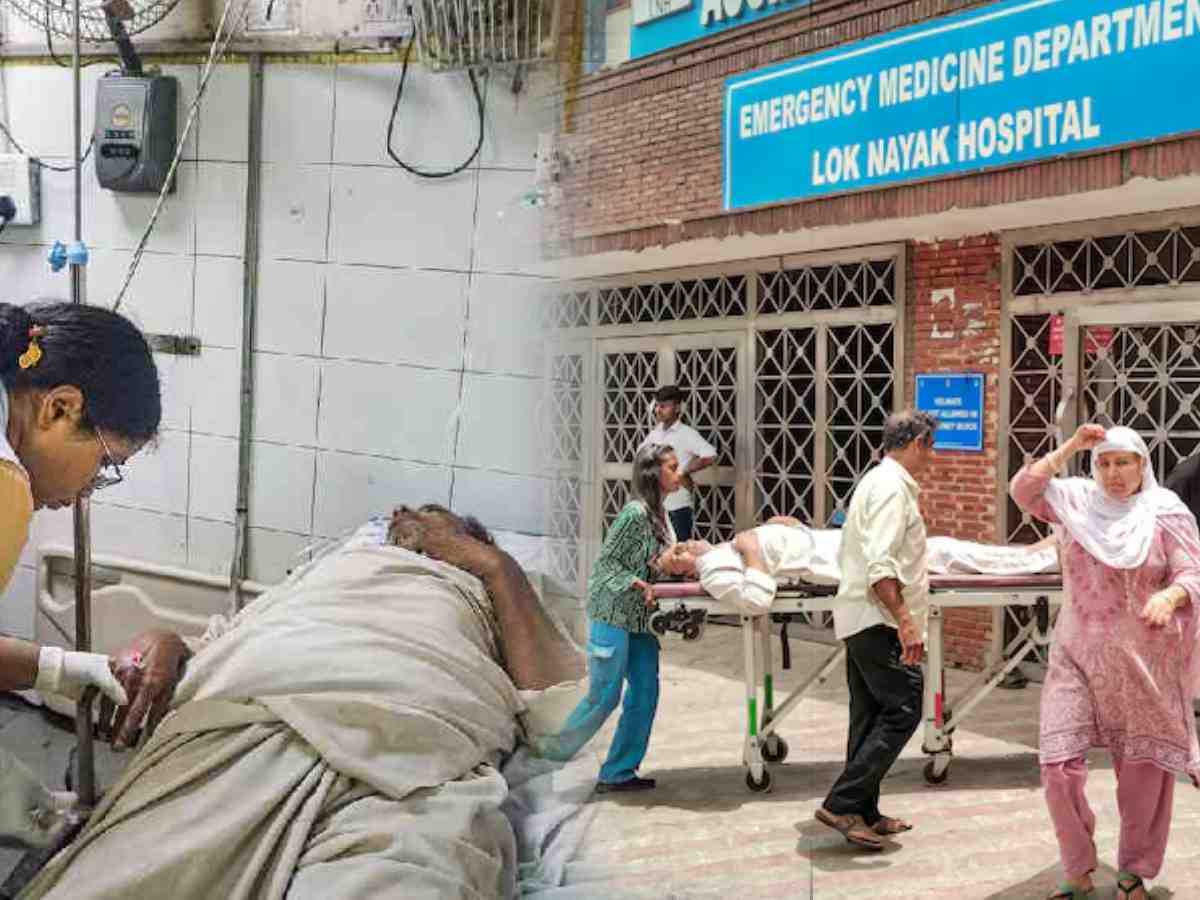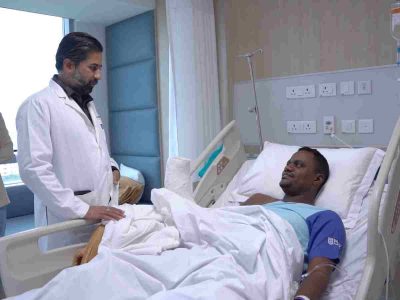As temperatures soar during the summer months, the risk of heat-related illnesses like heatstroke increases significantly. Heatstroke is a severe condition that occurs when the body’s temperature regulation system fails, leading to a dangerously high body temperature. If left untreated, heatstroke can cause serious complications and even be life-threatening. However, with a few proactive measures, you can protect yourself and your loved ones from the dangers of extreme heat. Here are some essential tips to prevent heatstroke and stay safe this summer
Stay Hydrated
Proper hydration is the first line of defense against heatstroke. Drink plenty of water throughout the day, even if you don’t feel thirsty. Water helps regulate your body temperature and keeps you cool. Avoid sugary, caffeinated, and alcoholic beverages, as they can lead to dehydration. If you’re active or spending a lot of time outdoors, consider drinks with electrolytes to replenish lost minerals.
Wear Appropriate Clothing
Choosing the right clothing can make a big difference in preventing heatstroke. Opt for lightweight, loose-fitting, and light-colored clothes that allow your body to breathe and reflect sunlight. A wide-brimmed hat and sunglasses can also provide additional protection from the sun’s harmful rays.
Also read: Dehydration: Understanding Causes, Symptoms, and Prevention
Use Sunscreen
Applying sunscreen is crucial to protect your skin from UV radiation. Use a broad-spectrum sunscreen with at least SPF 30, and reapply every two hours, or more often if you’re sweating or swimming. Sunscreen not only prevents sunburn but also helps maintain your body’s ability to cool itself.
Limit Outdoor Activities
Try to avoid strenuous activities during the hottest parts of the day, typically between 10 a.m. and 4 p.m. Schedule exercise, gardening, and other outdoor tasks for early morning or late evening when temperatures are cooler. If you must be outside, take frequent breaks in shaded or air-conditioned areas to cool down.
Seek Shade
When outdoors, find shaded areas to rest and cool off. Use umbrellas, canopies, or other forms of shade to protect yourself from direct sunlight. Shaded areas can significantly reduce the risk of heatstroke by keeping your body temperature lower.
Stay Cool Indoors
Keep your living spaces cool by using fans, air conditioning, or taking cool showers. If you don’t have air conditioning at home, spend time in air-conditioned buildings like shopping malls, public libraries, or community centers. These environments provide a respite from the heat and help lower your body temperature.
Monitor High-Risk Individuals
Certain groups are more vulnerable to heatstroke, including children, elderly people, and those with chronic illnesses. Ensure these individuals stay hydrated and cool, and check on them regularly during heatwaves. Encourage them to stay indoors and drink plenty of fluids.
Eat Light
Consuming smaller, more frequent meals rather than large ones can help keep your body temperature down. Opt for cold foods such as salads, fruits, and vegetables, which are refreshing and require less energy to digest.
Recognize Heatstroke Symptoms
Knowing the signs of heatstroke can save lives. Symptoms include a high body temperature (104°F or higher), confusion, rapid pulse, hot and dry skin, headache, dizziness, nausea, and loss of consciousness. If you or someone else exhibits these symptoms, seek immediate medical attention.
Also read: Unlocking secrets of Anti-Aging: Five essential superfoods you need to know
Acclimate to the Heat
Gradually increasing your exposure to high temperatures over several days or weeks can help your body adapt to the heat. This process, known as acclimatization, enhances your ability to tolerate heat and reduces the risk of heatstroke.
Conclusion
Heatstroke is a serious but preventable condition. By staying hydrated, wearing appropriate clothing, using sunscreen, limiting outdoor activities, seeking shade, staying cool indoors, monitoring high-risk individuals, eating light, recognizing symptoms, and acclimating to the heat, you can enjoy a safe and healthy summer. Remember, taking these precautions can make a significant difference in protecting yourself and your loved ones from the dangers of extreme heat. Stay cool and stay safe!





